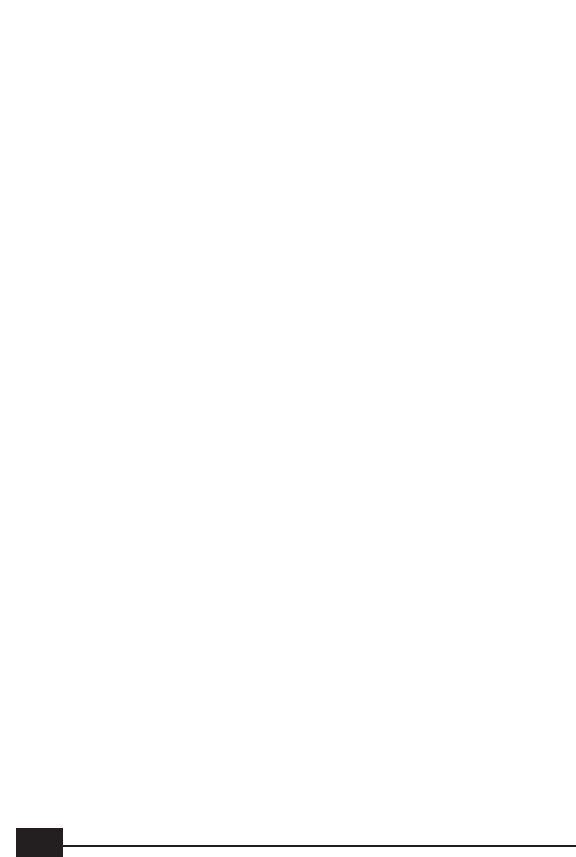
8
8
1. Check to be sure the inverter’s power switch is turned off and that no
flammable fumes are present.
2. Identify the positive (+) and negative (-) DC power source (battery)
terminals.
3. Install a fuse holder or breaker close to the positive (+) terminal of the
DC source (battery).
4. Connect a length of wire on one side of the fuse holder or circuit
breaker. Connect the other end of the wire to the Positive (+) terminal
of the inverter.
5. Connect a length of wire between the inverter’s negative (-) terminal
and the DC power source negative (-) terminal.
6. Connect a short length of wire to the other terminal of the fuse holder
or circuit breaker. Mark it “POSITIVE” or “+”.
7. Connect the free end of the fuse or breaker wire to the positive
terminal of the DC power source (battery).
8.
Insert a 150 to 200 Amp fuse in the fuse holder.
9. Test the inverter by turning it on and plugging in a 100 watt lamp or
equipment.
10. If the inverter is not properly operating, then refer to the trouble-
shooting sections of this manual.
CAUTION: Loose connectors may cause overheated wires and melted
insulation. Check to make sure you have not reversed the polarity.
Damage due to reversed polarity is not covered by our warranty.
4.3 CONNECTION TO LOAD
The POWER INVERTER is equipped with dual standard North American
AC power receptacles. Plug the cord from the equipment you wish to
operate into the AC receptacle(s). The green LED indicator lights to indicate
that the inverter is functioning. Make sure the combined load requirement
of your equipment does not exceed 750 watts.
The POWER INVERTER is engineered to be connected directly to standard
electrical and electronic equipment in the manner described above. Do not
connect the Power Inverter to household or RV AC distribution wiring. Do
not connect the Power Inverter to any AC load circuit in which the neutral
conductor is connected to ground (earth) or to the negative of the DC
(battery) source.
WARNING: Do not connect to AC distribution wiring!


















